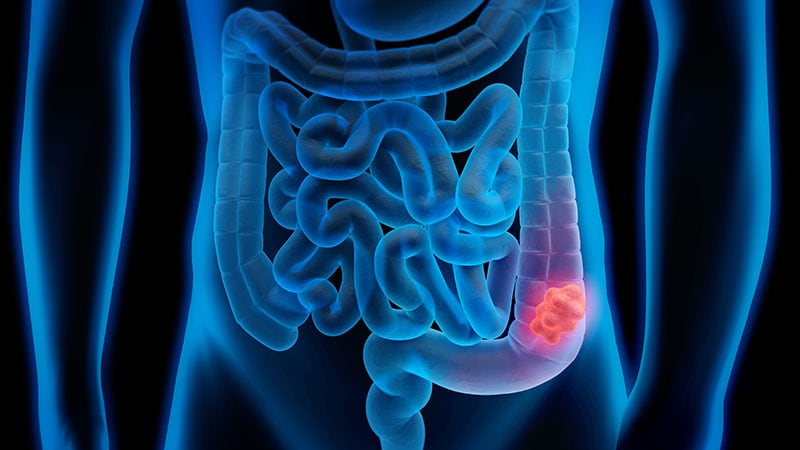The National Institute for Health and Care Excellence (NICE), the Scottish Intercollegiate Guidelines Network (SIGN) and the Royal College of General Practitioners (RCGP) have today (18 December 2020) published guidance on managing the long-term effects of COVID-19. Key guidance is summarised below.
Definition
The term 'long COVID' is commonly used to describe signs and symptoms that continue or develop after acute COVID-19. It includes ongoing symptomatic COVID-19 (4-12 weeks) and post-COVID-19 syndrome (≥12 weeks).
Patient advice
Give people who have had suspected or confirmed acute COVID-19 (and families or carers, as appropriate) advice and written information on:
- The most common new or ongoing symptoms after acute COVID-19.
- What they might expect during their recovery, including that:
- recovery time is different for everyone but for many people symptoms will resolve by 12 weeks;
- the likelihood of developing ongoing symptomatic COVID-19 or post-COVID-19 syndrome is not thought to be linked to the severity of acute COVID-19; and
- if new or ongoing symptoms occur, they can change unpredictably, affecting people in different ways at different times.
- Symptoms to look out for that mean they should contact their health care professional.
- Who to contact if they are worried about new, ongoing or worsening symptoms, especially if they have them >4 weeks after the start of acute COVID-19.
Symptoms
Symptoms after acute COVID-19 are highly variable and wide ranging. The most commonly reported symptoms include (but are not limited to) the following:
- breathlessness,
- cough,
- chest tightness,
- chest pain,
- palpitations,
- fatigue,
- fever,
- pain,
- cognitive impairment,
- headache,
- sleep disturbance,
- peripheral neuropathy symptoms,
- dizziness,
- delirium,
- abdominal pain,
- nausea,
- diarrhoea,
- anorexia,
- depression/anxiety,
- tinnitus,
- earache,
- sore throat,
- ageusia/anosmia, and
- skin rashes.
Suspect previous COVID-19 illness as a possible underlying cause of new or ongoing symptoms in people after acute COVID-19 if they have:
- ongoing symptomatic COVID-19 present with symptoms 4-12 weeks after the start of acute COVID-19 or
- post-COVID-19 syndrome if the person's symptoms have not resolved 12 weeks after the start of acute COVID-19.
Consider using a screening questionnaire in conjunction with clinical assessment.
Be aware that some people (including children and older people) may not have the most commonly reported new or ongoing symptoms after acute COVID-19.
Investigations and referral
Refer people with ongoing symptomatic COVID-19 or suspected post-COVID-19 syndrome urgently to acute services if there is suspicion of an acute or life-threatening complication, including (but not limited to):
- severe hypoxaemia or oxygen desaturation on exercise,
- signs of severe lung disease,
- cardiac chest pain, and
- multisystem inflammatory syndrome (in children).
Offer a chest X-ray by 12 weeks after acute COVID-19 if the person has not already had one and they have continuing respiratory symptoms. Plain chest X-ray may not be sufficient.
Consider referral from 4 weeks for children with ongoing symptoms or post-COVID-19 syndrome.
Do not exclude people from referral for assessment or investigations based on the absence of a positive SARS-CoV-2 test (polymerase chain reaction, antigen or antibody).
Include baseline measures and ongoing assessments in information shared between services.
Management
Advise on self-management.
Support people in discussions with employers, school or college about returning to work/education.
Consider the physical, psychological and psychiatric aspects of rehabilitation.
Investigate any symptoms that could affect the ability to start rehabilitation.
Develop a personalised rehabilitation and management plan.
Consider follow-up by primary care or community services for people in vulnerable or high-risk groups.
Offer a phone or video consultation six weeks after hospital discharge.



